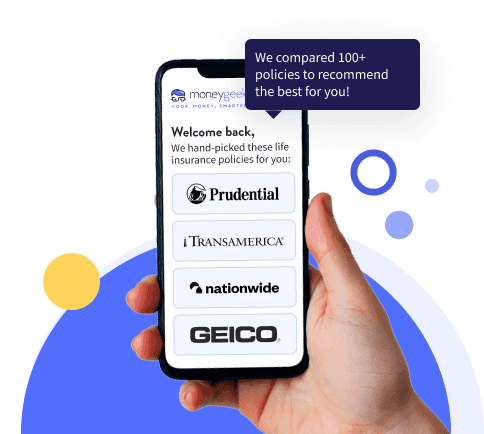You need life insurance if anyone depends on your income or if you have financial obligations others would inherit when you die. Life insurance replaces lost income, pays off debts and covers final expenses for your dependents.
You need life insurance if you:
- Have dependents who rely on your income (spouse, children, aging parents)
- Have a mortgage, business loans or cosigned debt
- Want to cover funeral costs ($7,000 to $15,000) or leave an inheritance
You don't need life insurance if you:
- Have no dependents or financial obligations that would burden others
- Have sufficient assets to cover your family's needs without insurance
- Are financially independent in retirement with no one relying on you
Self-Assessment:
- Would anyone struggle financially if you died tomorrow? → You need 10 to 12 times your annual income
- Do you have debts that would transfer to loved ones? → You need enough to cover the full balance
- Do you want to leave money for specific purposes? → You need permanent coverage with cash value
If you answered yes to any question, you need coverage. The amount and type depend on your specific situation.






